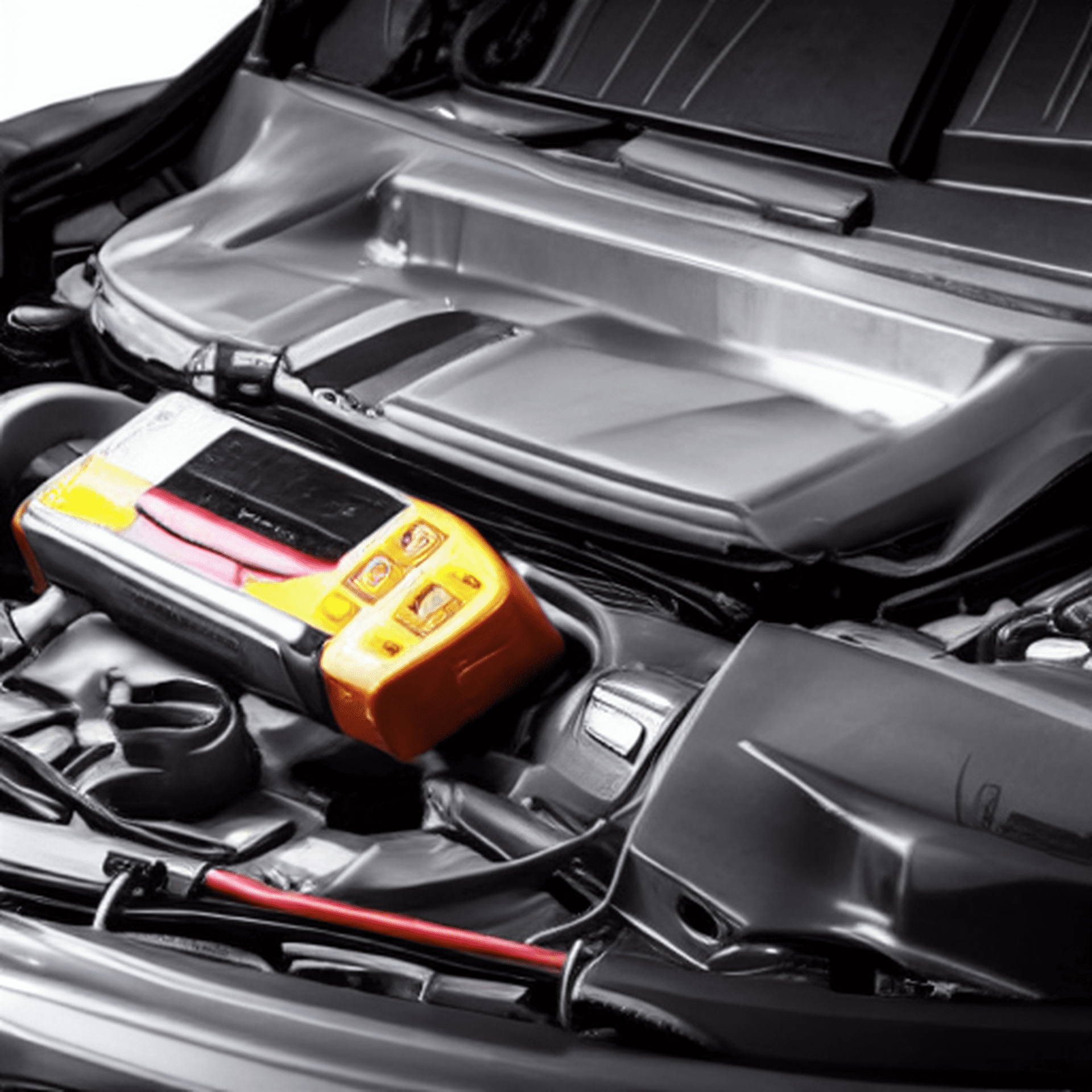Unraveling Toyota: A Comprehensive Guide to Common Error Codes, Causes, and Solutions.

Introduction: In the realm of automotive diagnostics, error codes serve as invaluable indicators, shedding light on underlying issues affecting vehicle performance. For Toyota owners, understanding these codes is essential for maintaining optimal driving conditions and preventing potential breakdowns. In this comprehensive guide, we'll delve into the world of Toyota error codes, deciphering their meanings, exploring root causes, and offering practical solutions to address them. Whether you're a seasoned Toyota enthusiast or a novice driver, this guide will empower you to navigate the complexities of Toyota diagnostics with confidence and precision.
- P0300 - Random/Multiple Cylinder Misfire Detected:Cause: Possible causes include faulty spark plugs, ignition coils, fuel injectors, or vacuum leaks.Solution: Begin by inspecting and replacing spark plugs and ignition coils if necessary. Test fuel injectors for proper function and address any vacuum leaks.
- Cause: Possible causes include faulty spark plugs, ignition coils, fuel injectors, or vacuum leaks.
- Solution: Begin by inspecting and replacing spark plugs and ignition coils if necessary. Test fuel injectors for proper function and address any vacuum leaks.
- P0420 - Catalyst System Efficiency Below Threshold (Bank 1):Cause: Typically indicates a malfunctioning catalytic converter, oxygen sensor, or exhaust leak.Solution: Inspect the catalytic converter for damage or deterioration and replace if necessary. Check oxygen sensors for proper operation and address any exhaust leaks.
- Cause: Typically indicates a malfunctioning catalytic converter, oxygen sensor, or exhaust leak.
- Solution: Inspect the catalytic converter for damage or deterioration and replace if necessary. Check oxygen sensors for proper operation and address any exhaust leaks.
- P0171 - System Too Lean (Bank 1):Cause: Commonly caused by a vacuum leak, faulty mass airflow sensor (MAF), or clogged fuel injectors.Solution: Inspect vacuum hoses and intake manifold for leaks. Test the MAF sensor for proper operation and clean or replace if needed. Check fuel injectors for clogs and address accordingly.
- Cause: Commonly caused by a vacuum leak, faulty mass airflow sensor (MAF), or clogged fuel injectors.
- Solution: Inspect vacuum hoses and intake manifold for leaks. Test the MAF sensor for proper operation and clean or replace if needed. Check fuel injectors for clogs and address accordingly.
- P0135 - Oxygen Sensor Heater Circuit Malfunction (Bank 1, Sensor 1):Cause: Indicates a malfunction in the oxygen sensor heater circuit, often due to a faulty oxygen sensor or wiring issue.Solution: Test the oxygen sensor heater circuit for continuity and resistance. Replace the oxygen sensor if faulty and inspect wiring and connectors for damage or corrosion.
- Cause: Indicates a malfunction in the oxygen sensor heater circuit, often due to a faulty oxygen sensor or wiring issue.
- Solution: Test the oxygen sensor heater circuit for continuity and resistance. Replace the oxygen sensor if faulty and inspect wiring and connectors for damage or corrosion.
- P2646 - VTEC Oil Pressure Switch Circuit Low Voltage:Cause: Indicates a problem with the VTEC oil pressure switch circuit, often due to low oil pressure or a faulty oil pressure switch.Solution: Check engine oil level and pressure. Test the VTEC oil pressure switch for proper operation and replace if necessary. Clear the code after addressing the issue.
- Cause: Indicates a problem with the VTEC oil pressure switch circuit, often due to low oil pressure or a faulty oil pressure switch.
- Solution: Check engine oil level and pressure. Test the VTEC oil pressure switch for proper operation and replace if necessary. Clear the code after addressing the issue.
Conclusion: With a thorough understanding of Toyota error codes, their causes, and solutions, you'll be well-equipped to diagnose and address issues effectively, ensuring the continued performance and reliability of your Toyota vehicle. Remember to utilize diagnostic tools, consult service manuals, and seek professional assistance when needed to tackle more complex issues. By staying proactive and informed, you can navigate Toyota diagnostics with confidence and keep your vehicle running smoothly for years to come.

